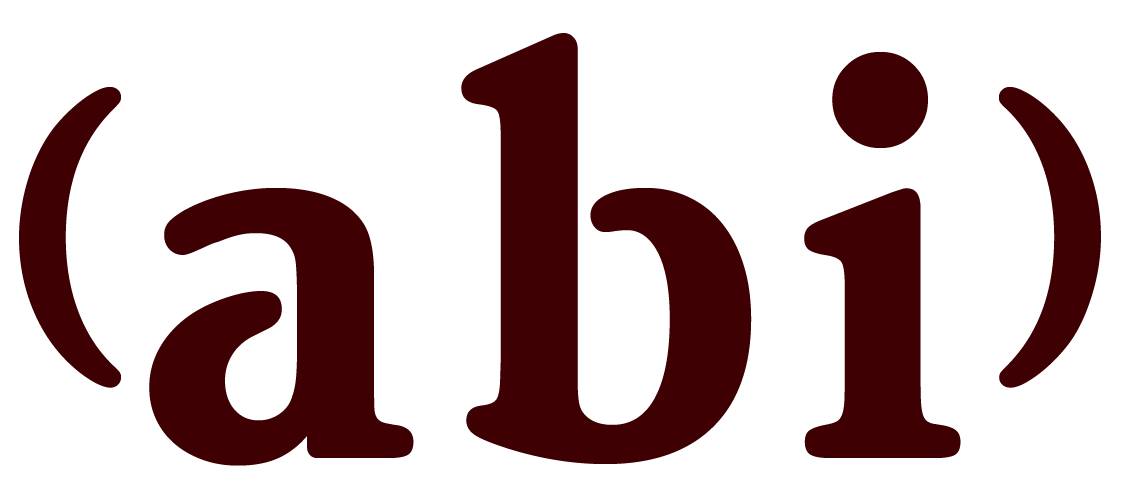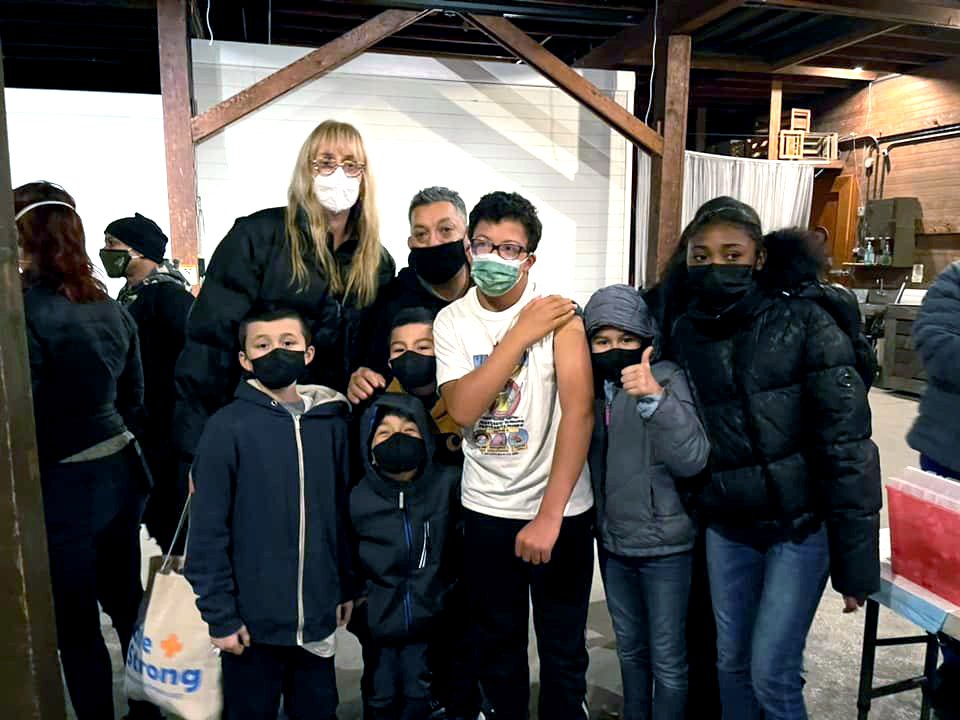Bring the COVID-19 vaccine to the community with this accessible event checklist
Choosing a site
Fully accessible space, with accessible restrooms including gender neutral
Ample, open areas for people that use wheelchairs and strollers
Non-medical community setting
Near public transportation with accessible route to event (curb cuts etc)
Ample parking
Preparation & set-up
Welcome signs and festive banners with images of community.
Accessible entrance with colorful signs, balloons, tables for swag, COVID-19 safety materials, information, and treats.
Greeter stations.
Multilingual informational signs with clear visuals placed around the site.
Clearly marked areas for registration, line-up, and the final 15-minute wait.
Vaccine stations marked off, with room to accommodate wheelchair access.
Areas established for initial check-in and to assess individual needs .
“Ready-Set-Go!” plan established so those arriving can communicate their vaccine needs and accommodations.
Private, comfy areas marked off for individuals and family groups, where anxious guests can stand, pace, lie down, or sit.
Publicity
Phone contacts for previous special arrangements.
Flyers in major languages.
Flyer or email blasts to disability organizations, school districts, county offices, CBOs.
Local media contacted for PSAs
Day of event • make sure individual needs drive the process
Translators available for Spanish, ASL, other languages as needed.
Pre-check-in meeting with all staff and volunteers, to set expectations and clarify roles.
COVID comics, treats, PPE, COVID-19 Test kits, information laid out on tables near entry.
Trained Therapy dogs circulating (when available).
Volunteers assigned tasks and stations: cheering, assisting, assessing needs, maintaining lines, giving out stuffed animals, fidgets, water, treats, etc.
Fast track line so individuals with small children, accessibility needs, or inability to wait in long lines can get in and out fast as possible.
Vaccination staff prepared to give person-centered treatment, including fidgets, numbing spray, weighted blanket, ice pack, timing, privacy or anything else in family vaccine plan.
Before and after waiting areas with coloring books, toys, stickers, etc.
Staff or volunteers maintaining exit area, monitoring final 15 minutes, and distributing snacks, food boxes, etc.

